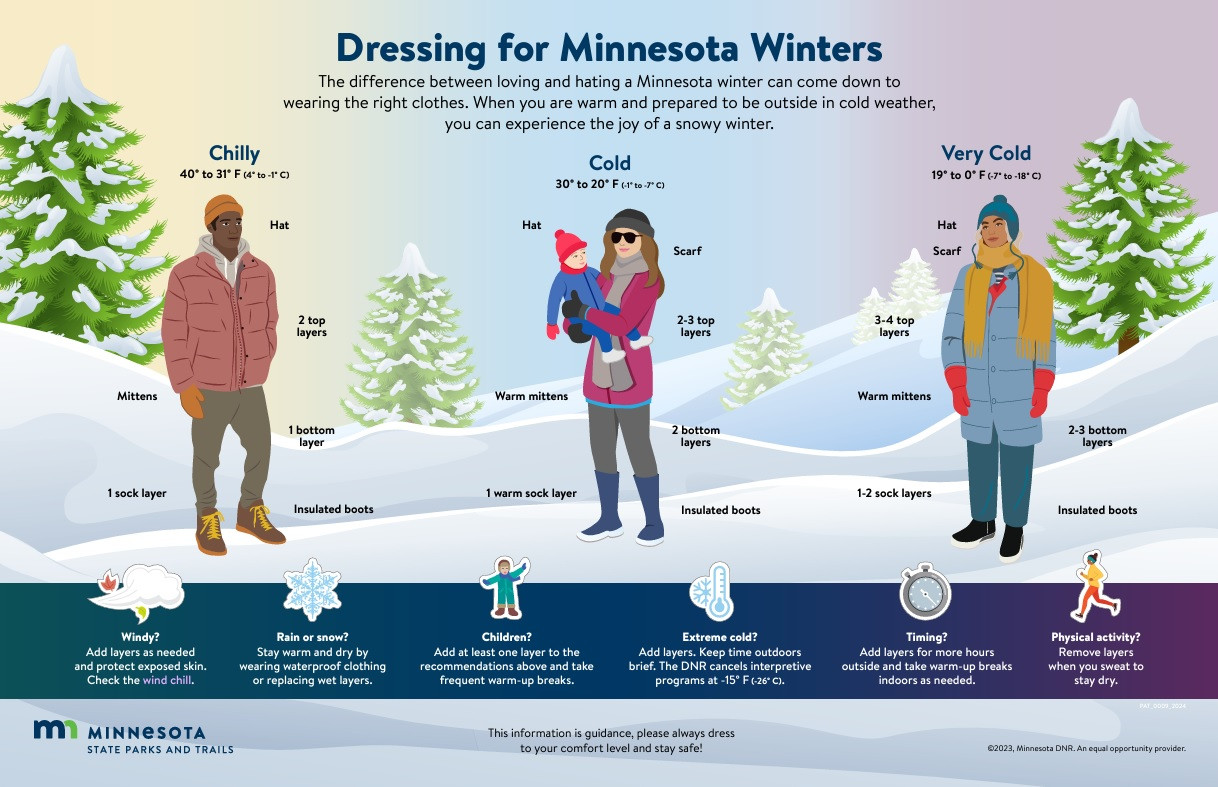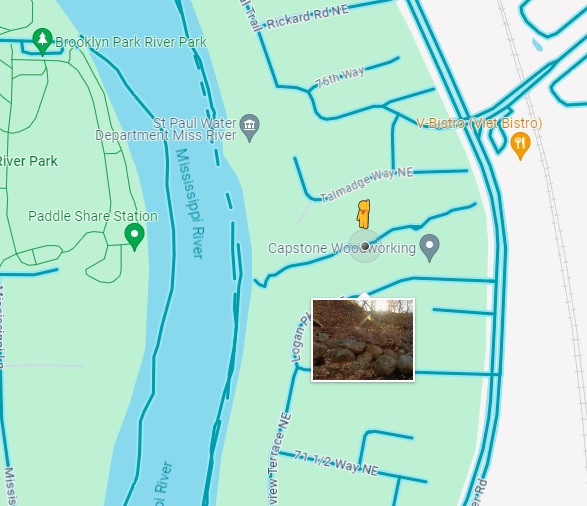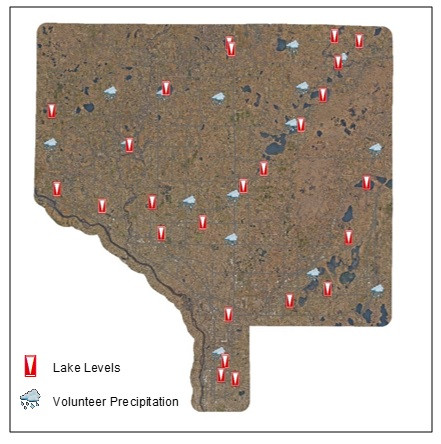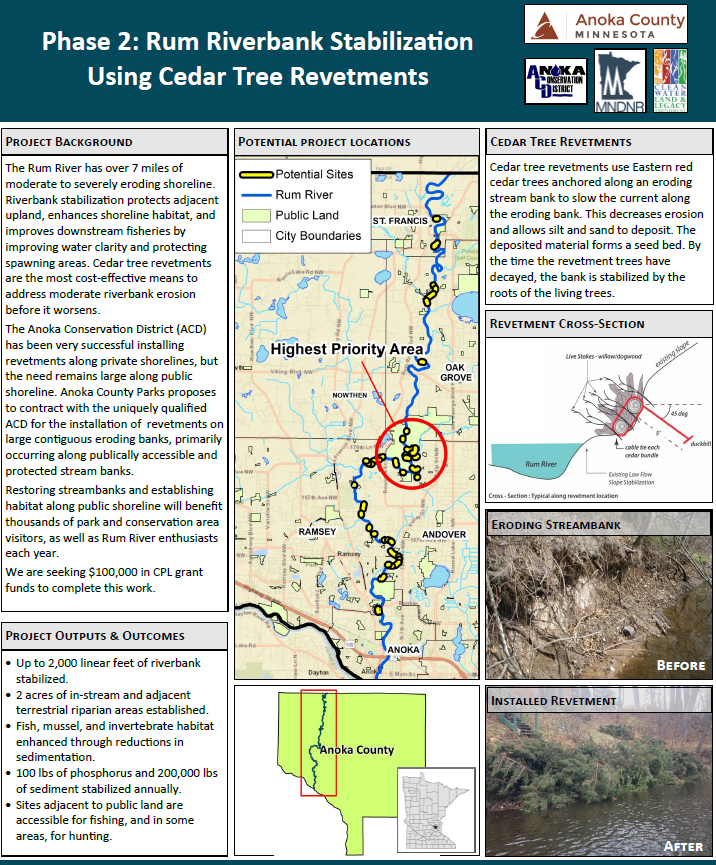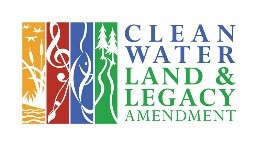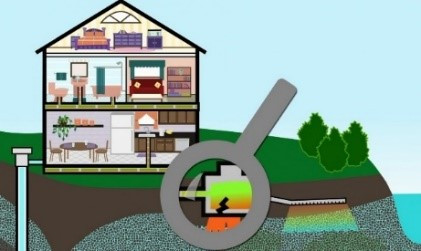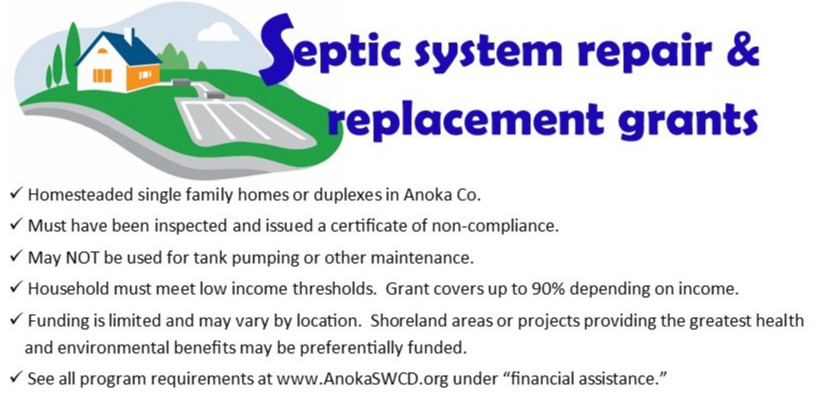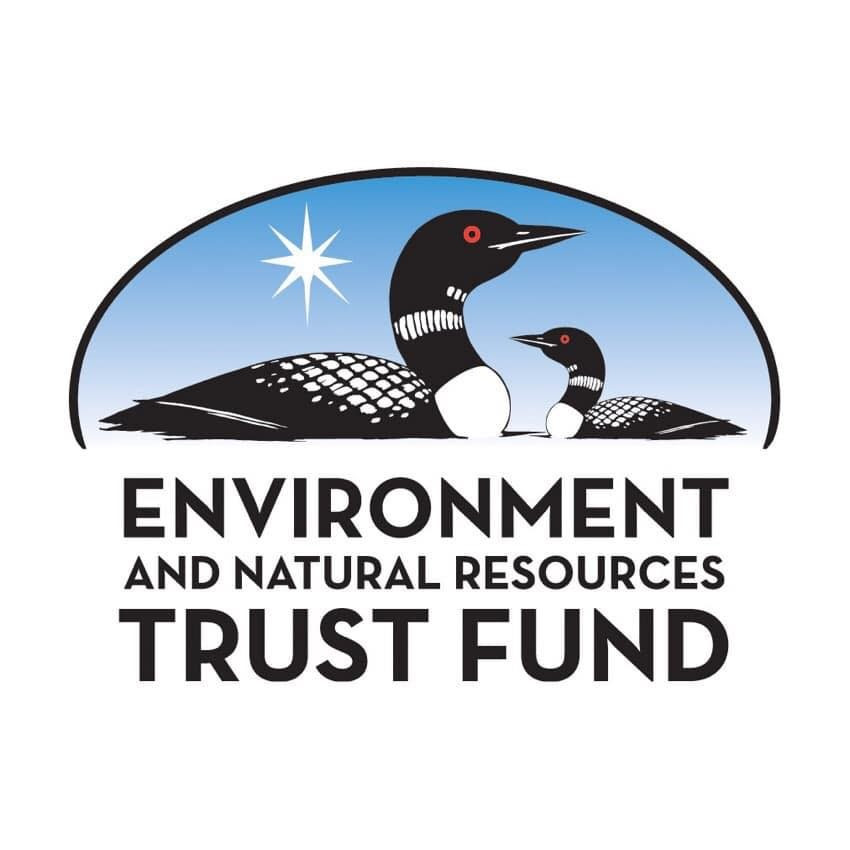"What good is the warmth of summer, without the cold of winter to give it sweetness?" wrote John Steinbeck. We know that Minnesota winters ban be frigid, making people more likely to stay indoors. Many residents are unaware of all the great activities are out there to keep you from becoming stagnant in the winter months and able to stay healthy and happy. Sometimes winter activities are even more exciting and offer experiences that you don't get during other seasons. Cold-weather camping is a great way to savor those special moments but many folks, even experienced campers, think the idea sounds crazy. Click here to learn more about the basics of winter camping from the Sierra Club.
To help Minnesotans plan winter visits to state parks, and other recreational areas, the Minnesota DNR shares its top tips to have fun this winter, along with other resources for planning a winter adventure. "We know Minnesotans love being outdoors, and winter offers a whole new way to play outside," said Ann Pierce, the DNR's Parks and Trails Division director. "However, we also know cost and information can be barriers for Minnesotans to get outdoors and enjoy nature. We're working to alleviate this for folks by providing no cost or low-cost activities and providing easy trip planning resources."
